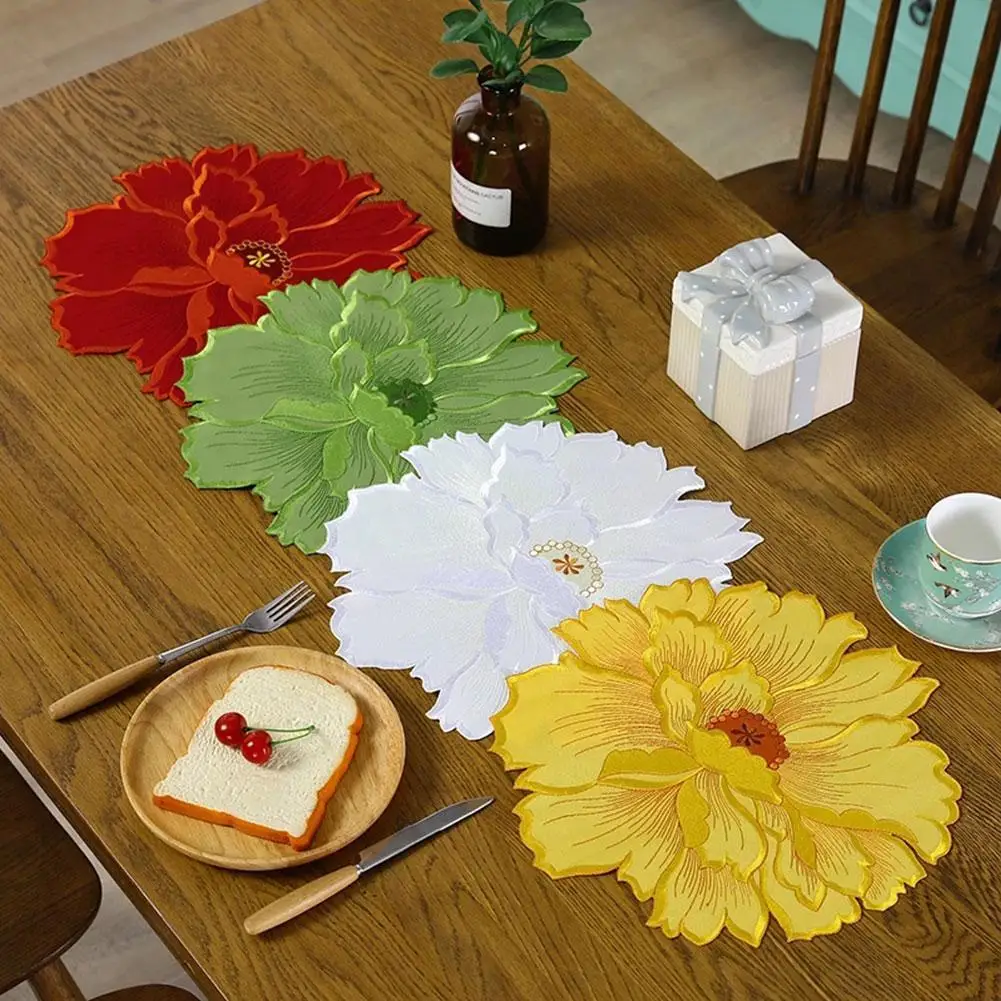More About Top News Sites
The Basic Principles Of Unique Art
Table of ContentsThe Facts About Unique Art RevealedThe Ultimate Guide To Unique ArtAn Unbiased View of Unique ArtTop Guidelines Of Unique Art
While one may dispute which art form holds priority, the truth stays that each of these 7 forms supplies a distinct window right into human background, society, and evolution. They are the tapestries that chronicle our journey, advising us of our past while motivating visions for the future.Excellent artwork narrates, makes individuals look two times, and creates a special experience that can not be matched. Art and illustrations interact every one of that via color, shape and other design aspects. Discover exactly how to make your one-of-a-kind art work stand out from the crowd.
3 Emil DervishIn this entryway by Emil Dervish that beautiful cobalt blue door takes the show. To bring even much more drama, he prolonged the paint. to the doorframe and the wall surface up, finishing in an arched shape. The curves, together with a round sconce, soften the edges - Unique Art. Then frameworks vintage posters and maps of beloved places set the scene.
8 TRIA GIOVANEqual components grand and laidback, this entrance hall created by Anthony Baratta is the perfect plan to comply with if you're decorating an official entrance that still feels unfussy and comfortable. Formed fabrics take facility phase (see the carpetings and the couch), yet they also help bring the high ceilings down to a human scale when hung over wallpaper.
Unique Art - Questions
18 Heidi Caillier DesignA gallery wall doesn't need to take up the whole room. Sometimes a little one can make a larger design statement. In this living area, Hiedi Caillier selected micro-mini frames and an arbitrary structure. Advertisement - Continue Analysis Below19 Stephen Kent JohnsonDesigner Juan Carretero opted for a deep green paint shade to contrast with the light timber surfaces.
The components of this languageits shapes, lines, colours, tones, and texturesare made use of in various methods to generate sensations of volume, room, movement, and light on a flat surface area. These elements are integrated right into meaningful patterns in order to represent genuine or supernatural sensations, to interpret a narrative motif, or to produce entirely abstract visual relationships.
Later on the notion of the "fine artist" developed in Asia and Renaissance Europe. During the 19th century painters in Western societies began to lose their social placement and safe patronage.
Some Known Factual Statements About Unique Art
Others earned an income through visiting events of their job. The demand to attract a market had replaced the comparable (if less impersonal) demands of patronage, and its effect on the art itself was probably pop over here comparable also. Unique Art. Typically, artists in the 20th century can get to a target market only via business galleries and public galleries, although their Source work might have been sometimes recreated in art regulars
, also when a painting's narrative symbolism is odd.
Don't replicate the design of other artists if you're looking for your style. Duplicating other people's art work can be fantastic in instructional objectives but it will not make you closer to finding your own distinct design. Your artistic style needs to be, what you like and what inspires you.

Unknown Facts About Unique Art
You require to try great deals of different choices and check out everything before you can concentrate on one certain design or you'll be bored, or worse, you'll hate your own design. I recommend you to try every single topic that you're interested in, explore as much as you can. Attempt different tools that excite you and brand-new methods you've never ever tried prior to.
With time you'll have the ability to sort every one of them into your favored and the very least favorite groups. Try to concentrate your interest on the subjects and tools that you like and before you see it coming you'll have your very own individual and distinct design, like nobody else have! In the end you'll have a few favored subjects to repaint and maybe a couple of favorite mediums.
